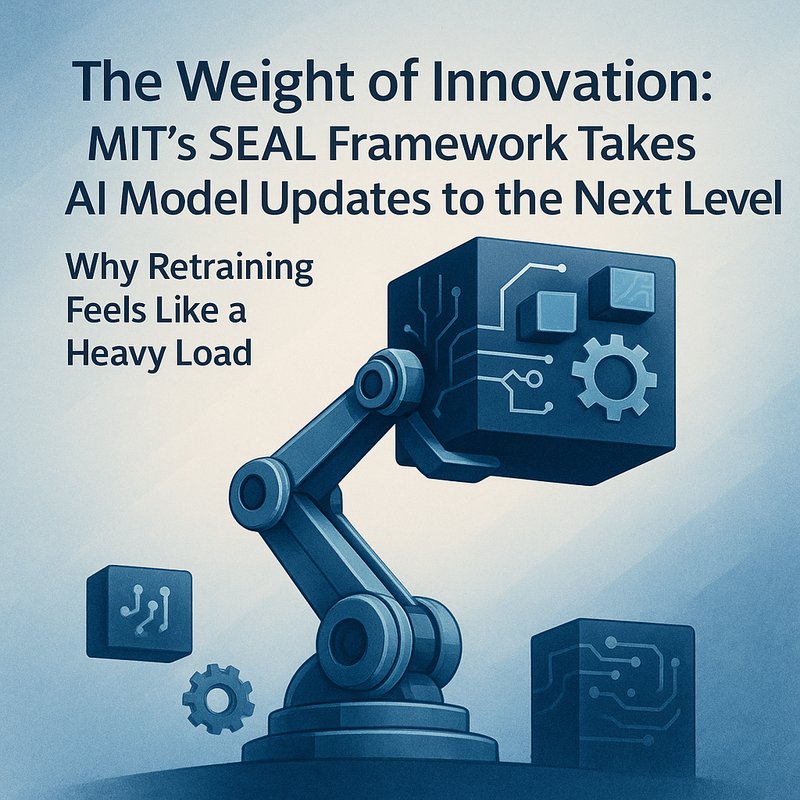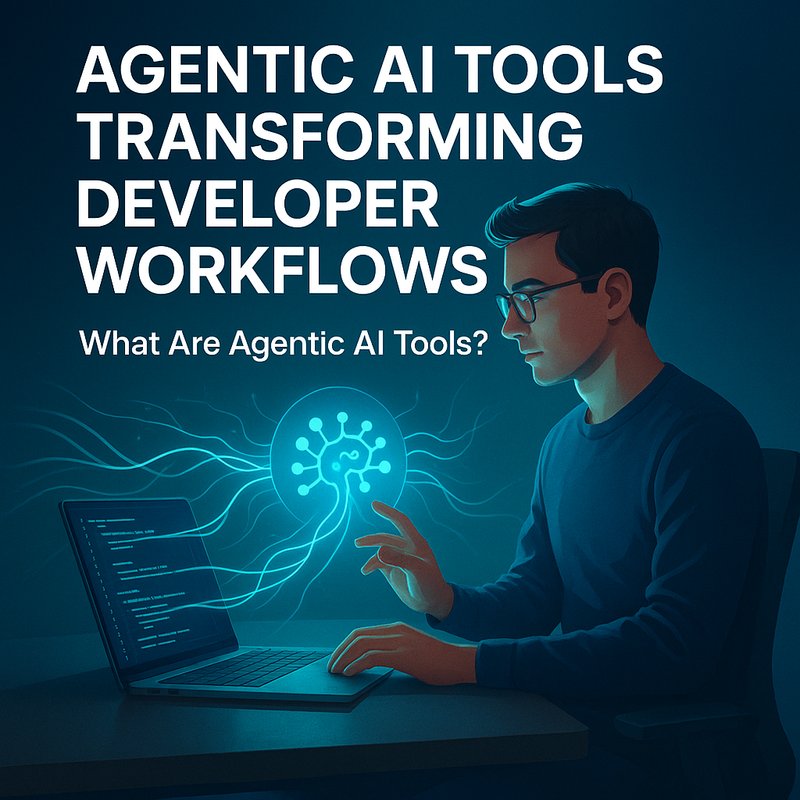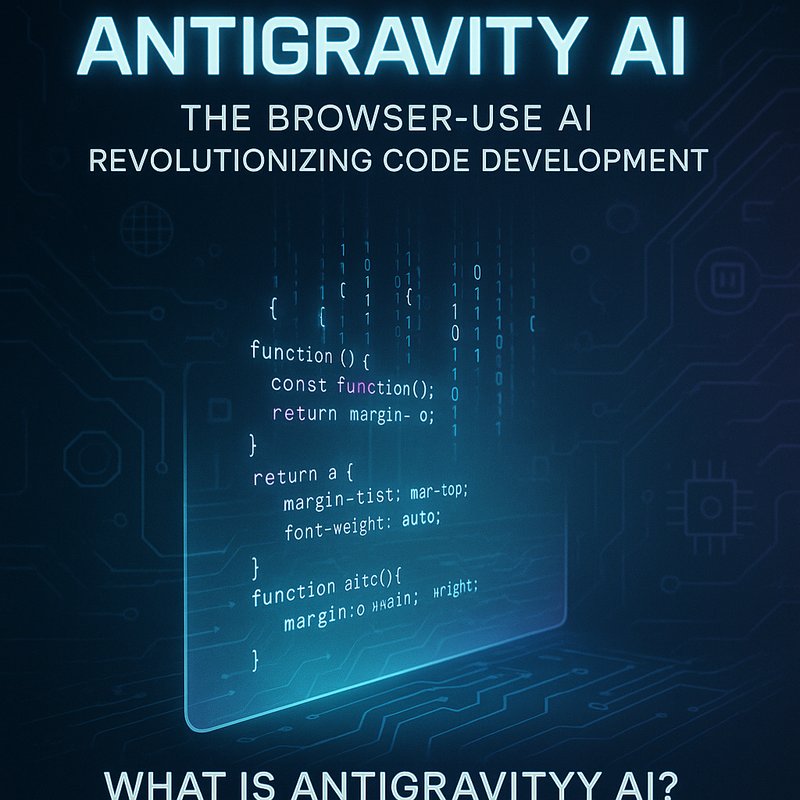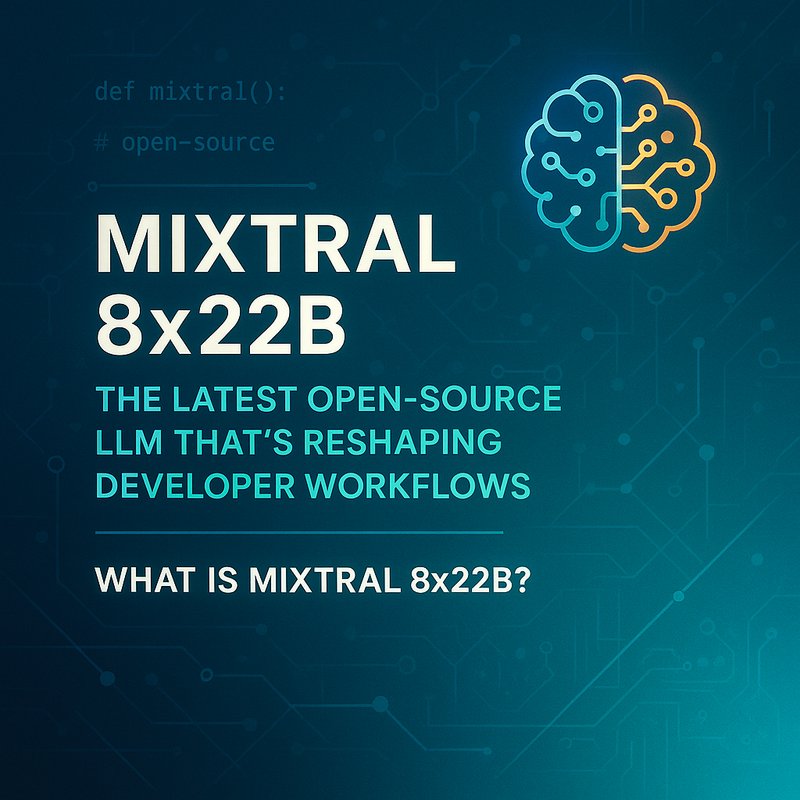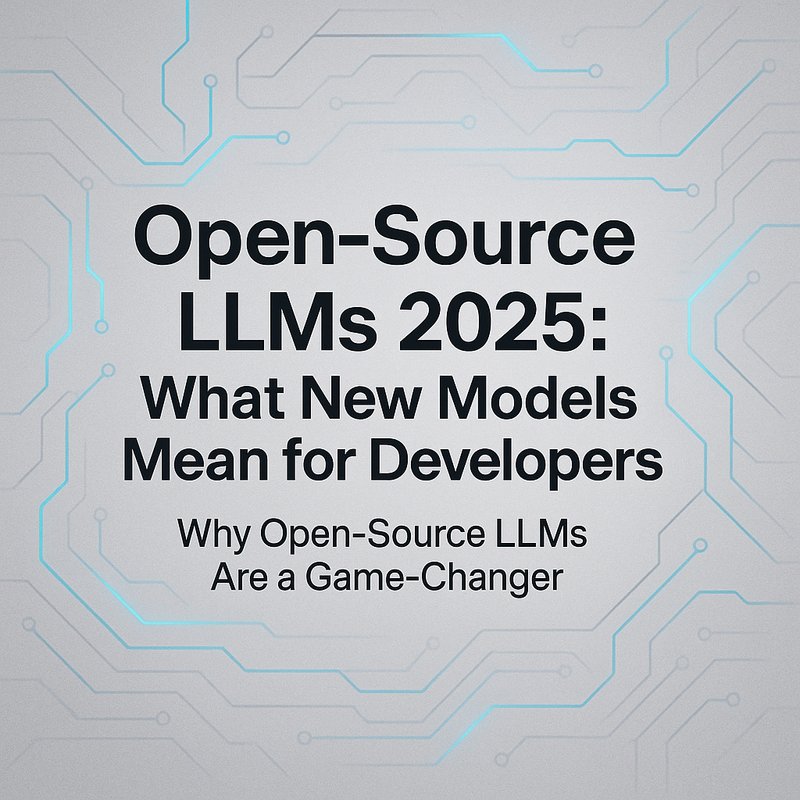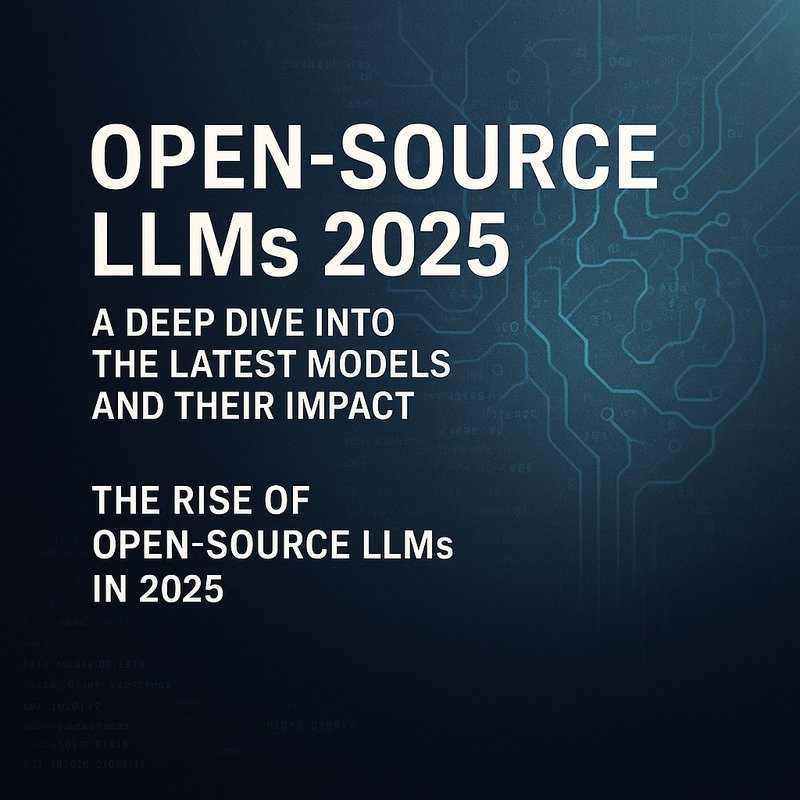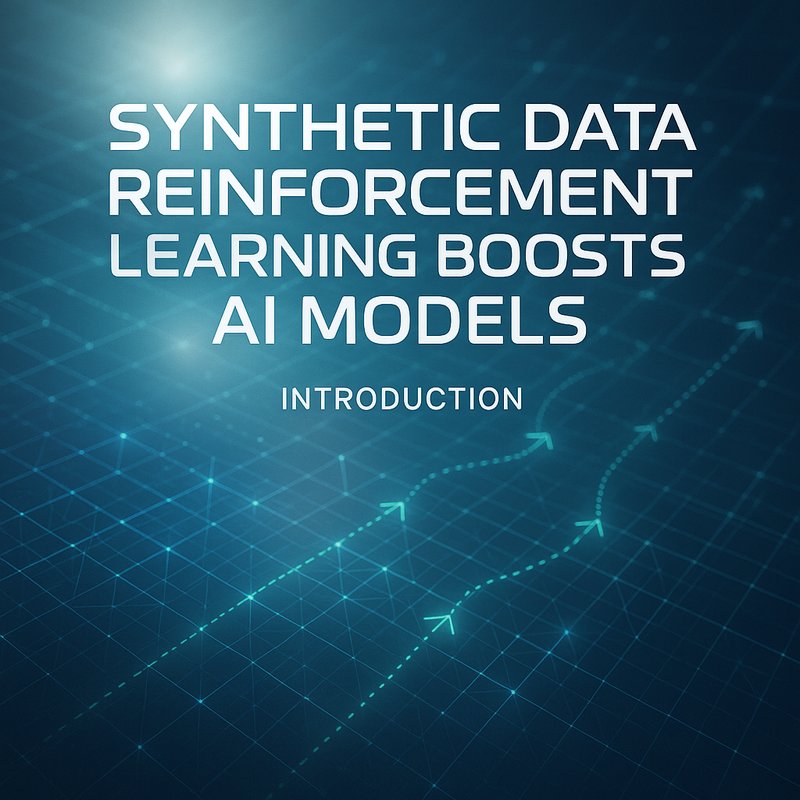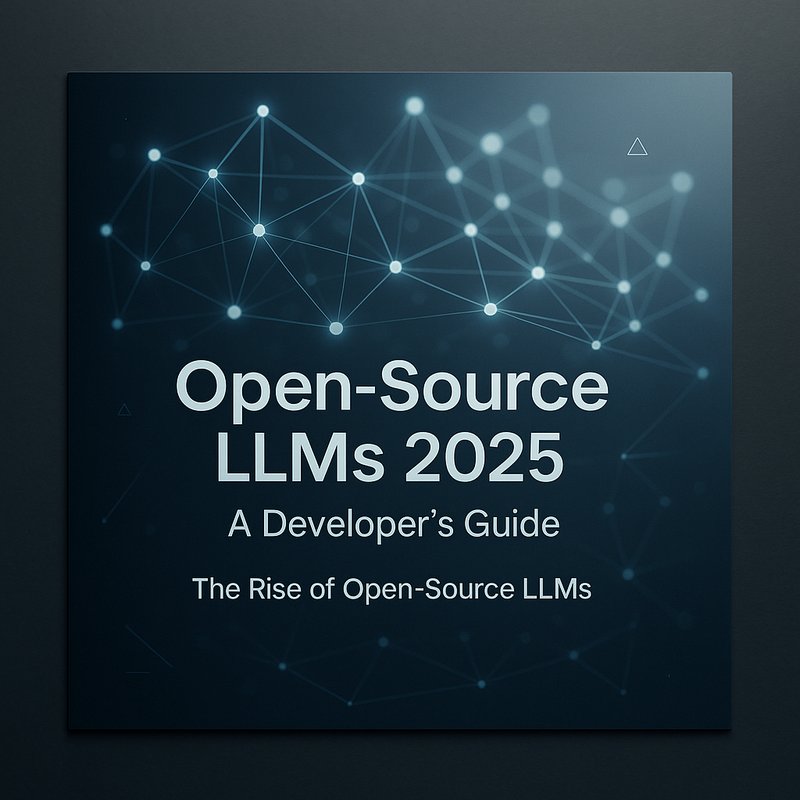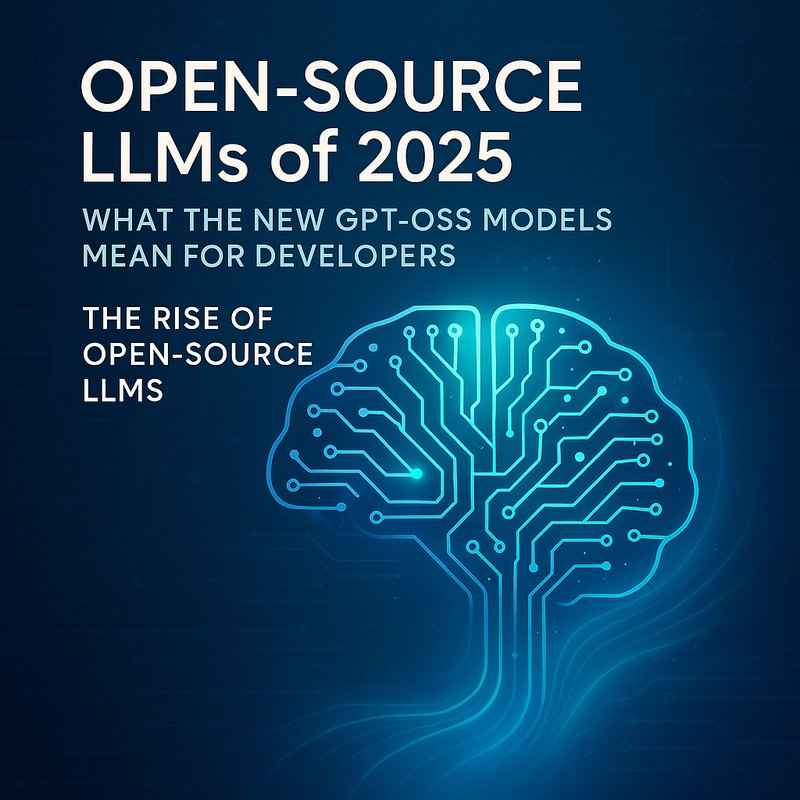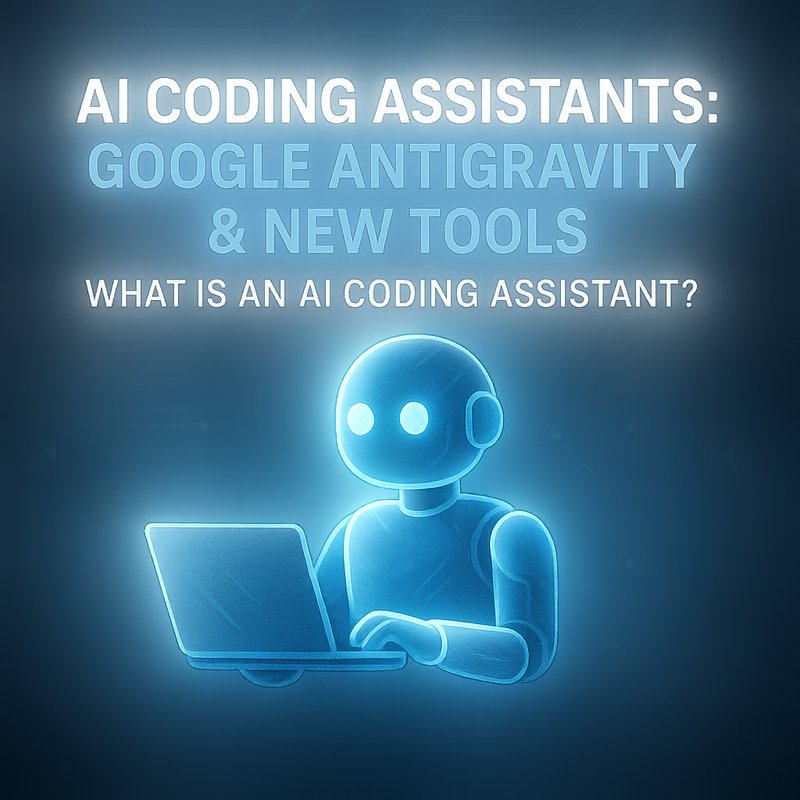Imagine teaching your AI model a new trick in minutes—without retraining it from scratch. Pretty neat, right? That’s exactly what a team at MIT has done with their SEAL framework. SEAL stands for Self-Editing Autogradients for Learning, and it lets AI models compute and apply their own gradients. It’s like giving the model its own repair kit and a manual. In this article, we’ll unpack why SEAL matters, how it works, and what it could mean for the future of AI.
Why Retraining Feels Like a Heavy Load
You’ve probably heard about training giant models. Think of systems like GPT-4 (openai.com) or Meta’s Llama 3.2. They gobble up terabytes of text and images before they’re ready to chat. But what happens when you need them to learn something new? You start the whole pipeline again, often on super-expensive GPUs in data centers. That takes days—or sometimes weeks.
That drag has real costs.
• For startups, renting compute time can break the budget.
• For big teams, long waits slow down product updates.
• For edge devices like phones or drones, retraining off-site means they fall behind.
So we end up with models that feel “frozen,” even though the world they live in keeps moving.
SEAL to the Rescue: Models Fixing Themselves
Here’s where SEAL comes in. Instead of waiting for engineers to feed fresh gradients, the AI model does it itself. It watches its own output, spots mistakes, and tweaks its weights—all on the fly.
You might ask: how can a model know it’s wrong? MIT researchers built a self-editing loop:
- Generate Output: The model makes a prediction—say, a classification or a sentence completion.
- Self-Review: A built-in critic scores that output against a target or a rule.
- Autogradient Computation: The model uses its own autograd engine (like PyTorch’s autograd module) to compute gradients from that self-review.
- Weight Update: It applies a small update to its parameters—just enough to correct the error.
By looping through this process, SEAL models adapt in real time. No full retrain needed.
How Self-Editing Autogradients Really Work
Let’s break it down in plainer terms. Think back to high school chemistry. You mix chemicals, see if the reaction is off, then adjust the recipe. SEAL does something similar with neural nets.
Generating Mini-Tasks
When the model mislabels an image or fumbles a phrase, it doesn’t wait for human labels. Instead, it creates a mini-task: “Here’s image X; I predicted label Y, but I know the correct label is Z.” That becomes a tiny training example.
Computing the Autograd
The AI then runs that mini-task through its own gradient engine. Gradients show “which knobs to turn” inside the network. SEAL reuses the same backprop code that powered the initial training, but on these bite-sized tasks.
Gentle Weight Tweaks
Rather than slamming the brakes, SEAL makes a gentle nudge. A small learning rate ensures the model doesn’t swing wildly off-course. Think of it as fine-tuning on the go.
Trust Anchors and Safety Nets
MIT knows that uncontrolled updates can cause drift. So they lock down a core set of weights—trust anchors—that remain fixed. Only feature-specific layers adjust. Plus, update sizes are clipped to avoid runaway changes.
Inside the Code: A Peek Behind the Curtain
If you’ve ever peeked at TensorFlow or PyTorch code, this part will feel familiar. SEAL introduces a new module that sits between the forward pass and the optimizer.
- Forward Pass: Model processes input, produces output.
- Self-Evaluation: A validator checks output. Could be a simple rule (like grammar checker) or a small classifier.
- Autograd Hook: The validator’s loss feeds back into the network.
- Patch Optimizer: Instead of a full optimizer step, SEAL applies a “patch step” to select layers.
All of this can run on a fraction of your usual GPU budget because it handles tiny batches—hundreds rather than millions of tokens or images.
Real-World Trials: SEAL in Action
The MIT team didn’t stop at simulations. They tested SEAL on real problems:
1. Computer Vision: Drone Navigation
A drone powered by a vision model struggled to recognize new obstacles—like orange traffic cones—when flying through a test course. With SEAL, the model generated self-checks: “That object looks orange but isn’t a tree.” Within a few hundred self-edits, the drone sharply improved its obstacle avoidance.
2. Natural Language Processing: Live Chatbots

Customer support bots often fail when the script changes—new product names, updated policies. Using SEAL, a chatbot notices when replies lead to follow-up clarifications. It crafts mini-tasks (“Was the refund policy too vague?”), computes gradients, and updates its wording. After a day of real-time chats, response accuracy rose by 15%.
Where SEAL Fits in the AI Landscape
You might wonder how SEAL compares to other self-learning methods. Here’s a quick rundown:
• Online Learning: Classic online learners update on the fly but often need human labels.
• Federated Learning: Devices send updates to a central server—great for privacy, but still involves coordination.
• SEAL: Autonomously generates tasks, computes gradients, and adapts locally.
That means SEAL models could live on edge devices—your phone, your drone, even your smartwatch. They learn new quirks without pinging a data center.
Shaking Up Industries
SEAL’s potential reaches far beyond test labs. Imagine:
Healthcare AI
Medical imaging models could spot new types of tumors as soon as radiologists tag a few scans. The model self-edits and refines detection in hours, not months.
Finance
Risk models could adjust to sudden market shocks. When trading patterns diverge, SEAL-powered systems identify anomalies and calibrate risk scores instantly.
Manufacturing
Robots on the assembly line learn new part shapes without weeks of downtime. They self-tune vision modules to spot tiny defects as soon as they appear.
Bringing SEAL into the Neura AI Ecosystem
At Neura AI, we’ve built tools that let businesses automate and streamline tasks with RDA Agents. SEAL could power the next wave of intelligent agents:
- Neura Router: Imagine dynamic routing models that adapt to new request types as soon as users start submitting them.
- Artifacto Chat: A chat interface that refines its own grammar and tone based on your edits in real time.
- ACE Content Engine: Content-generation models that self-edit SEO keywords or style guides on the fly.
By weaving SEAL into our ecosystem, RDA Agents could become even more personalized and efficient—learning from you, for you.
The Catch: Open Questions and Next Steps
SEAL is exciting, but it’s not magic. A few things still need work:
• Long-Term Stability: Continuous updates may drift models if trust anchors aren’t tuned just right.
• Safety Guarantees: Self-revision could introduce unexpected biases if the validator is flawed.
• Compute Overhead: Tiny as it is, the extra cycles add up—especially at scale.
MIT’s team is already planning follow-up studies to test SEAL in multilingual models and multimodal systems. They’ll also open-source core code so other labs can experiment.
Why This Matters to You
So what’s the bottom line? AI that can update itself, in real time, without retraining from zero. That changes the game for products that need to stay fresh—customer bots, recommendation engines, even your personal calendar assistant. Models will soon live on devices that can adapt as you use them.
And if you’re a developer or business leader, SEAL points to a future where AI upkeep isn’t a massive project. It’s a routine task embedded in the model’s workflow. Instead of scheduling retrains, you let the system self-heal.
Looking Ahead
We tend to think big AI means bigger models. SEAL suggests another path: smarter models. Ones that know their own code well enough to fix it. That’s a shift toward AI that’s more autonomous and reliable.
Curious to dive deeper? Check out MIT’s write-up on the SEAL framework: https://news.mit.edu/2025/seal-autogradients-0521.
Whether you’re building the next chatbot or the next medical scanner, SEAL opens the door to a lighter, more agile future. The weight of innovation just got a lot lighter.
